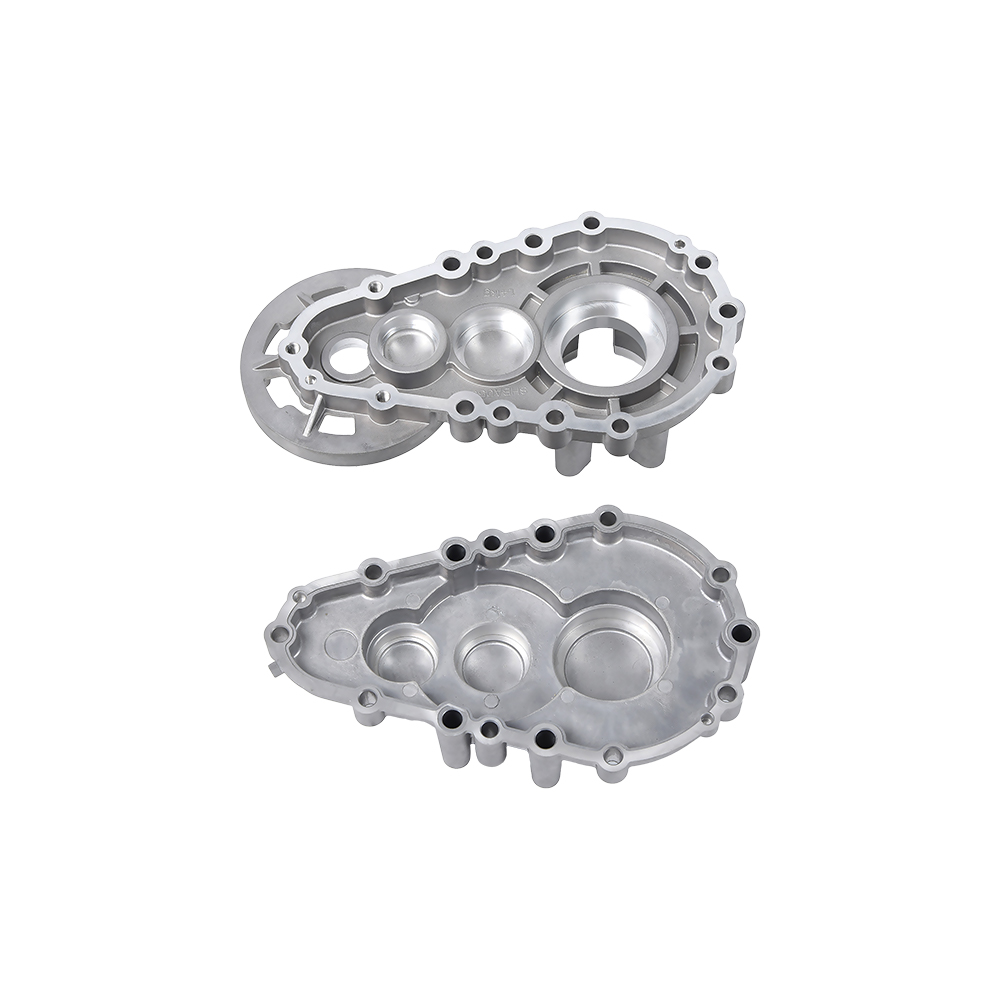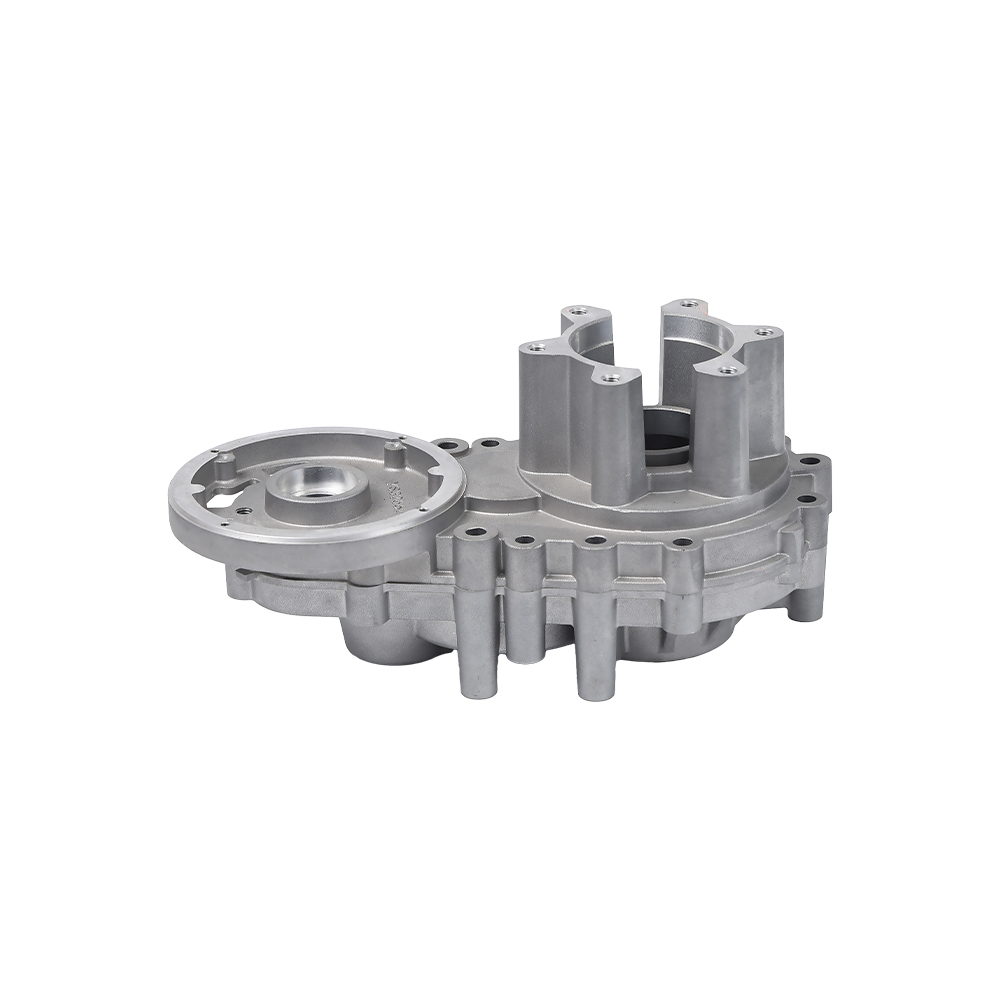Detailed Explanation of Die-Casting Process Types
1. Hot Chamber Die Casting (Zinc Alloy Dominance)
Specialization:
Suitable for soft metals with a melting point below 450°C, such as zinc, tin, and lead.
Small precision parts (≤3kg)
Unique Technique:
The shot cylinder is immersed in a furnace, allowing the molten metal to reach the die cavity directly.
Unparalleled firing rate (over 30 molds per minute)
Weaknesses:
Aluminum/copper alloys corrode the machine immediately.
Underfillable injection molding of large parts.
Market Status:
Irreplaceable for door locks, zipper pulls, and electronic connectors.
2. Cold Chamber Die Casting (Aluminum/Magnesium Harvester)
Killing Field:
Can handle aluminum, magnesium, copper, and other parts with a melting point greater than 600°C.
Large parts (up to 50kg) such as motorcycle crankcases and automobile cylinder blocks.
Survival Rules:
Use a ladle to scoop up molten metal → thrust it into the die with a high-pressure plunger.
Can withstand molten aluminum corrosion (chrome-plated steel die surface).
Achilles' Heel:
Slow speed (4-8 molds per minute).
High metal oxidation rate.
Special Skill:
Electric vehicle motor housings and 5G base station heat sinks rely on this technology.
3. Vacuum Die Casting (Porosity Hunter)
Target:
Specializes in treating internal defects such as pores and looseness.
Parts that are prone to leaks, such as automotive seatbelt buckles and hydraulic valve blocks.
Secret Technique:
Evacuate the mold (reducing air pressure to ≤0.1 atm) to allow for "oxygen-free filling" of the molten metal.
Heavy Cost:
Equipment becomes 30% more expensive.
Production capacity drops by 15%.
Talisman:
Neo-EV battery trays are mandatory.
4. Semi-Solid Die Casting (For Elite Players)
High-Tech Core:
Die-casting by controlling the temperature of molten metal to a semi-solidified paste state
Metallurgical structure surpasses traditional processes
Performance:
20% increased strength (near forging level)
Zero surface porosity
Entry-Level Tribulation:
Raw materials require electromagnetic stirring for pre-processing
Temperature fluctuations exceeding ±2°C are considered scrap
Gold-Winning Areas:
Missile parts, supercar suspension arms
5. Extrusion Die Casting (King of Thick Walls)
Violent Aesthetics:
Low-Speed Liquid Injection + 10,000-Ton High-Pressure Extrusion (similar to forging)
Specialized for creating monster parts with wall thicknesses >50mm
Power Cost:
Equipment price doubles
Suitable only for simple block structures
Million-Dealing Record:
Heavy Machinery Cylinders, Armored Vehicle Track Support Wheels

 English
English русский
русский Español
Español










